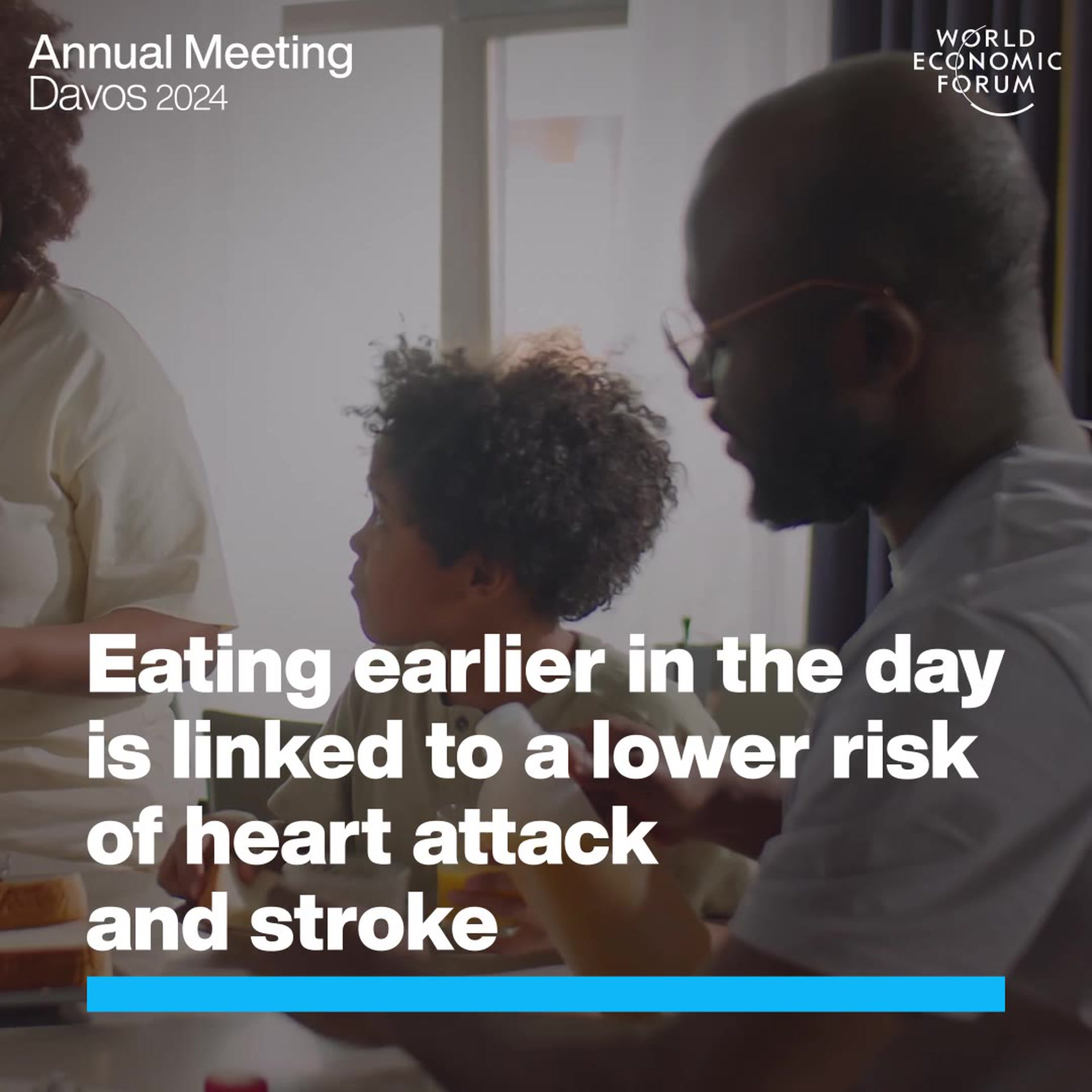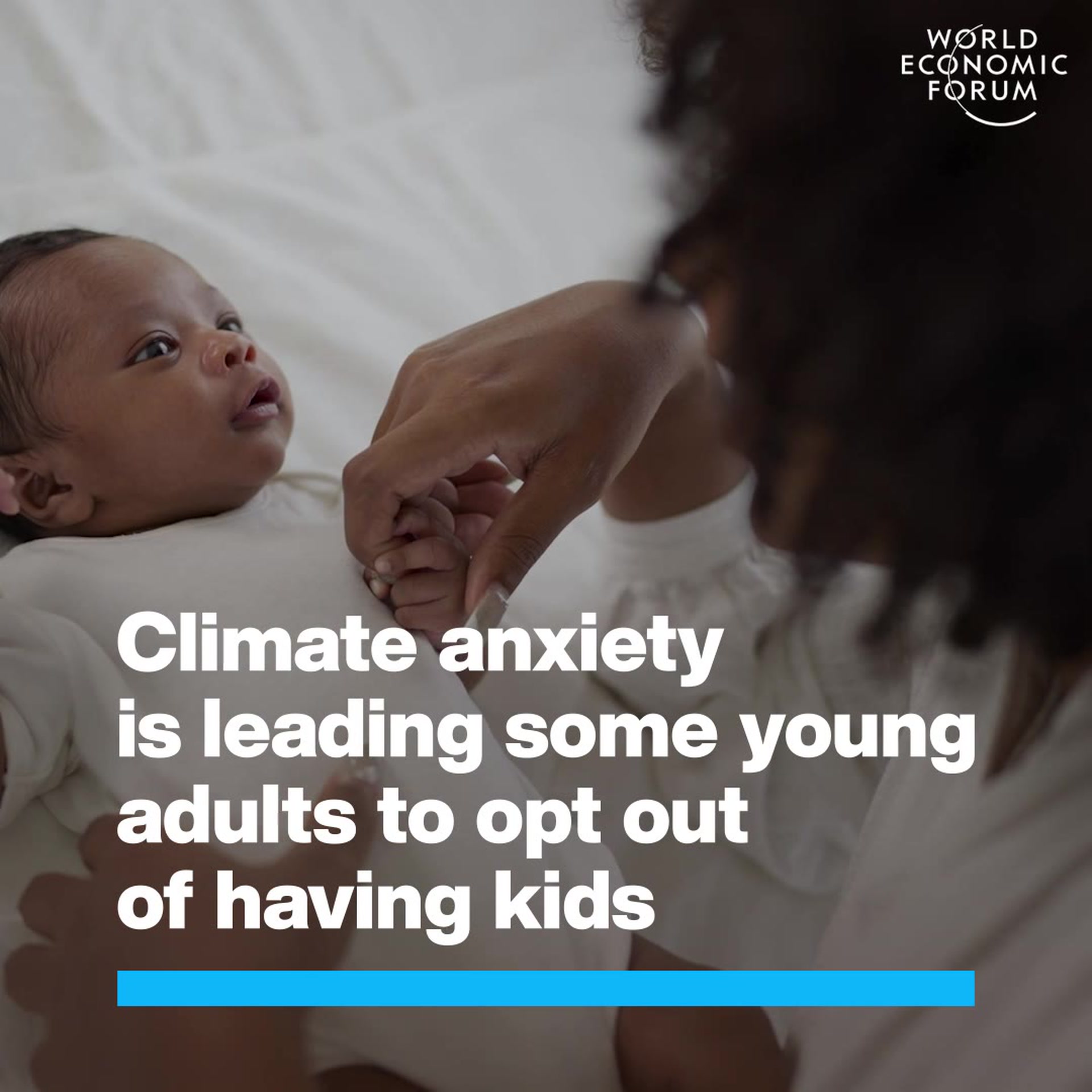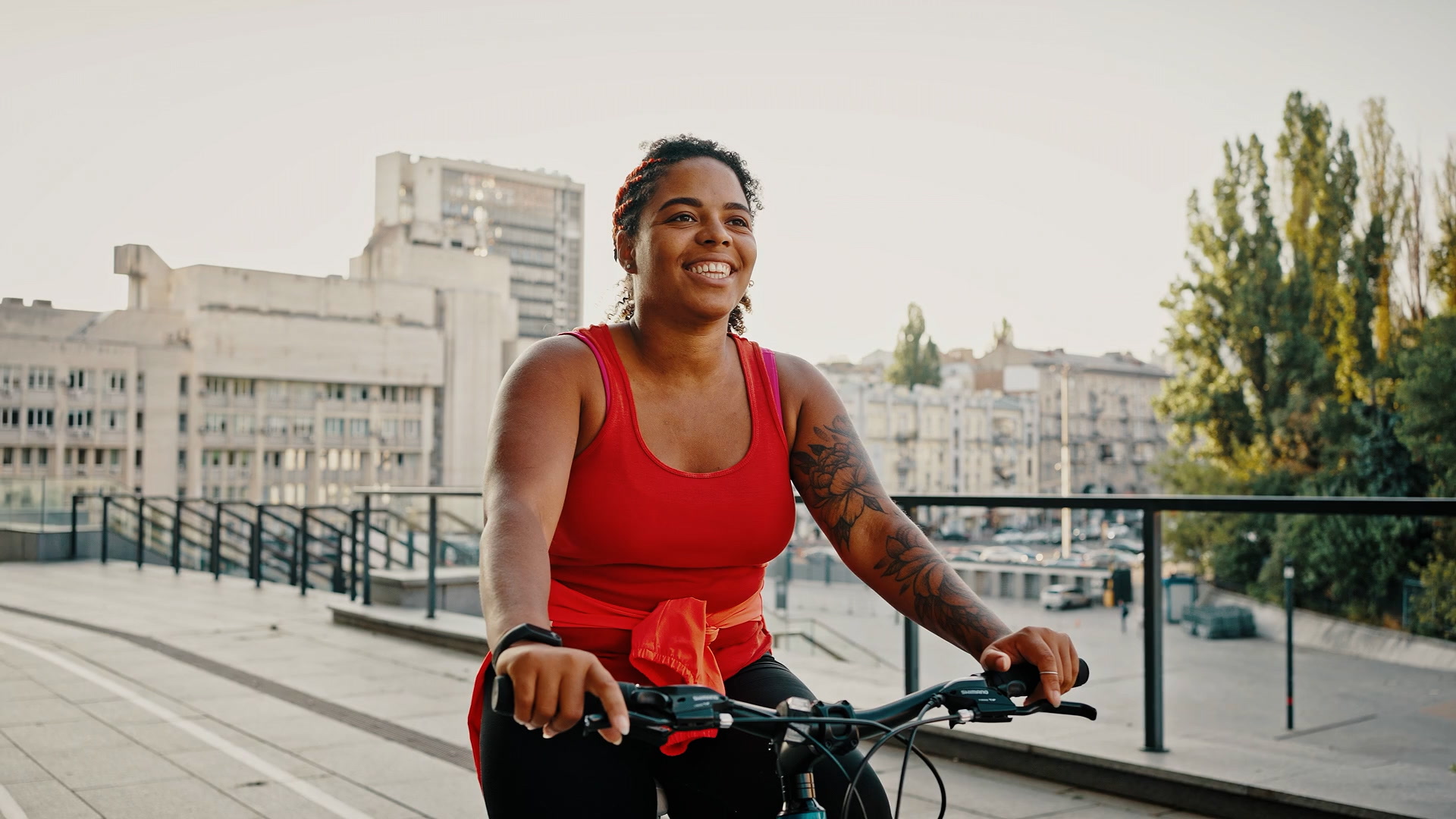So what do trick-or-treaters tell us about human psychology?

Researchers have looked at how Halloween is linked to our decisions in politics. Image: REUTERS/Jim Young

Get involved with our crowdsourced digital platform to deliver impact at scale
Stay up to date:
Behavioural Sciences
Carved pumpkins, flickering candles with spooky shadows and children dressed up in their Halloween finery will soon be at our doorsteps.
And while Halloween is always an exciting time for candy manufacturers, costume sellers and youngsters who are often allowed a small binge in candy consumption, a different group of people also lick their lips in anticipation — behavioural scientists.
Experts in behavioural science, like me, are often looking for ways to study human choice in natural habitats. We’re often constrained in our experiments at university psychology laboratories when participants come into a sterile environments and make choices on a computer screen.
But on Halloween, we have a steady flow of people willingly coming to our doorsteps.
So what do trick-or-treaters tell us about human psychology?
The first interesting Halloween finding suggests that humans tend to want to diversify, and as a result they end up choosing variety even when they don’t particularly like it.
In a U.S. study published in 1995, two households collaborated to allow trick-or-treaters to choose a pair of candy bars from two large stacks of Milky Ways and Three Musketeers.
How candy was offered affected choice
However, the manner in which the choice was offered was different across two groups. In one group, kids made one choice at one home, and then another choice at the next home. In the second group, kids were asked to choose any two candy bars at the same time.
Researchers George Loewenstein and Dan Read found that when they chose their two candy bars one at a time, kids tended to choose the same candy bar — presumably the one they liked. When they chose two at the same time, they diversified.
Interestingly, other researchers found similar effects in shopping behaviours.
Itamar Simonson and Russell S. Winer found that when people plan their lunches for the upcoming week, they tended to buy a diverse assortment of meats and yogurt. But when they bought lunch one day at a time, they often ended up eating the same turkey sandwich and strawberry yogurt every day.
And investors tend to naively diversify when they plan their portfolios. Naive diversification happens when investors blindly spread their assets across all the options available to them, without regard to what those options are.
Candy and politics?
We can also learn a thing or two about political affiliations, healthy eating and incentives from how kids behave on Halloween.
Julian Jamison and Dean Karlan studied candy choice on Halloween prior to the U.S. presidential elections in 2008 and 2012.
In a home in New Haven, Conn., two tables were set up on a porch at the top of a flight of stairs that trick-or-treaters climbed to claim their loot. One table was festooned with Republican campaign material and the other with Democratic material.
Kids were asked to choose one of the tables to collect their candy. In some cases, kids were told that both tables would each hand out one bar of candy, and in this circumstance the majority of the kids went to the Obama table.
In other cases, kids were told that the Obama table gave out one piece of candy while the Republican table gave out two. The majority still chose the Obama table, and it seems to suggest —mercifully — that it takes more than an extra bar of candy to sway supporters.
However, when the researchers analyzed the data by age, they found that older kids (ages nine and up) were much more swayed by the extra candy than the younger ones.
The relatively bad news about the older kids is balanced by some good news.
In another experiment, Karlan and his colleagues offered kids the choice between candy and fruit. Some kids made the choice against the backdrop of a large Michelle Obama poster promoting her “Let’s Move” campaign aimed at encouraging kids to eat healthy foods and exercise. The poster did shift choice towards fruit, more so by the older kids than the younger kids.
Behavioural science tells us that in making choices, small elements of the context — whether the choice is made sequentially or simultaneously, whether there is a background poster or a festooned table — influences the choices.
Halloween has taught us a thing or two about human nature that goes beyond candy choice. For the creative and diligent behavioural scientists among us, Tuesday evening gives us yet another opportunity to study human nature. For the rest of us, it’s time to stock up on the candy, carve those pumpkins and practise your scariest “boo!”
Don't miss any update on this topic
Create a free account and access your personalized content collection with our latest publications and analyses.
License and Republishing
World Economic Forum articles may be republished in accordance with the Creative Commons Attribution-NonCommercial-NoDerivatives 4.0 International Public License, and in accordance with our Terms of Use.
The views expressed in this article are those of the author alone and not the World Economic Forum.
Related topics:
The Agenda Weekly
A weekly update of the most important issues driving the global agenda
You can unsubscribe at any time using the link in our emails. For more details, review our privacy policy.
More on Behavioural SciencesSee all
Peter Dizikes
November 27, 2023
Aaron De Smet and Patrick Simon
September 25, 2023
Kate Whiting and Kateryna Gordiychuk
September 6, 2023






